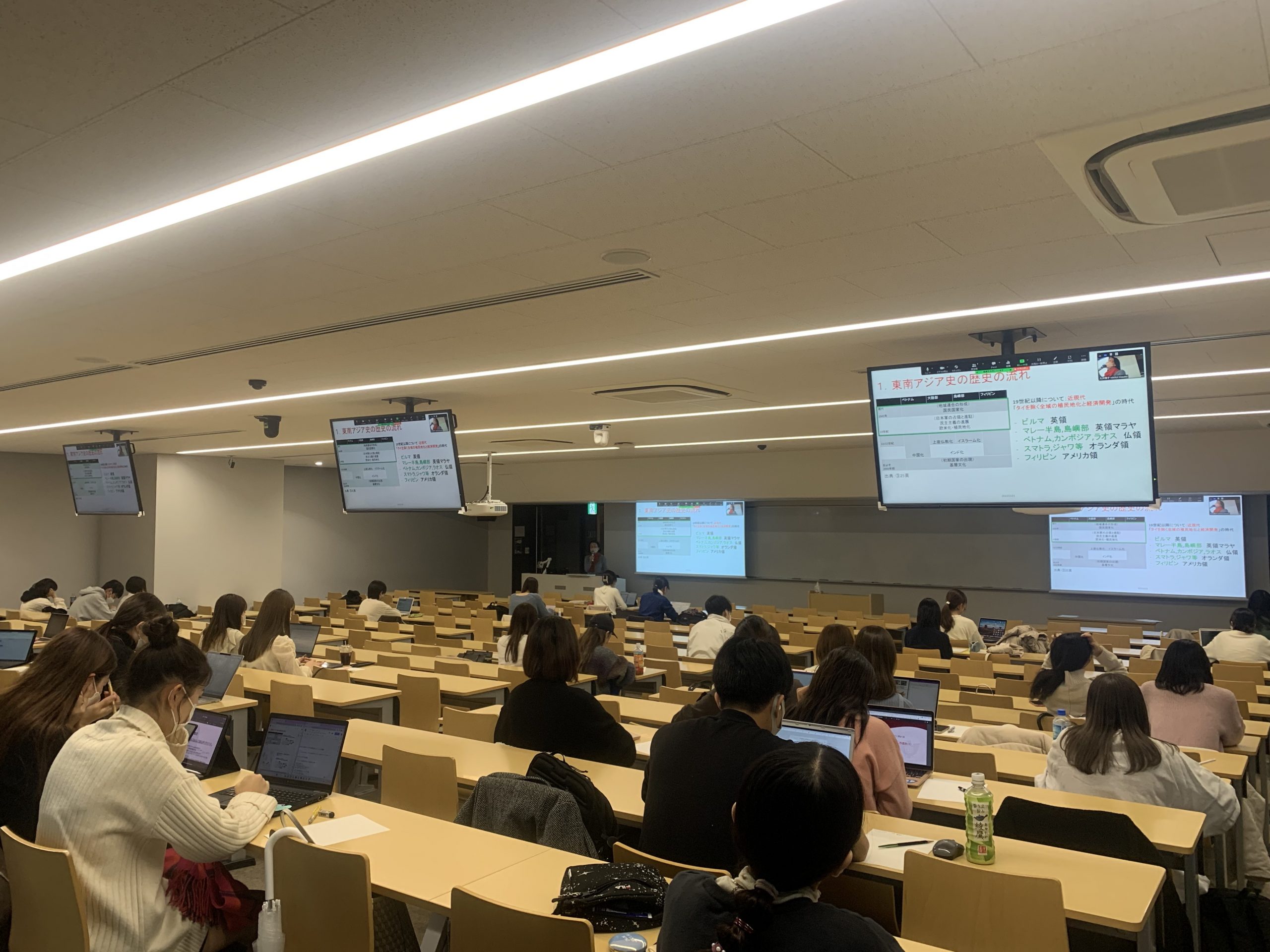Class Introduction:Asian Cultural Heritage Studies
Comment from Professor:
This course is a specialized subject in Area Studies (Asian Studies) that can be taken by
second-year students and above. Although students from all faculties can take this
course, each semester about 80% of the students are from the FGS.
In contemporary society, various types of heritage exist. World Heritage Sites, Intangible
Cultural Heritage, Submerged Cultural Heritage, Japan Heritage, Modern Industrial
Heritage, Regional Heritage, and many more that cannot be fully listed here. The
environment surrounding heritage is complex, not only due to the diversity of its types
but also because of issues such as international cooperation on cultural heritage and
heritage tourism.
The aim of this course is to first understand that cultural heritage is a concept arbitrarily
created by humans, and then specifically reconsider the value and function of each
heritage in different layers such as the state, civil society, and the global scale, focusing
on World Heritage Sites in Southeast Asia and nationally designated cultural properties.
One of the objectives is to develop the ability to analyze the relationship between local
and global through cultural heritage.
In the 2022 academic year, we covered Cambodia (World Heritage Site: Angkor), Vietnam
(World Heritage Sites: My Son, Hoi An, and Thang Long), and Singapore (exhibits and
monuments related to the Asia-Pacific War).
The Angkor site in Cambodia holds special significance for Sophia University as the
university has been engaged in research, studies, and the preservation and restoration
activities of Angkor Wat since 1991. Sophia University's series of activities in Cambodia
is called the “Sophia Mission”, which is actually linked to the refugee support activities
that began in late 1979 under the initiative “A Hand of Love to Indochinese Refugees”.
Sophia University has established three pillars: enhancing the research structure to
academically understand the history and culture of neighbors in need (in this case,
refugees from Cambodia), acting simultaneously as a Catholic university devoted to
humanitarian activities, and properly integrating such research into student education.
Sophia University's activities at Angkor are a place where these pillars are put into
practice. For Sophia University, the Angkor site is not merely a venue for international
cooperation and support.
This Asian Cultural Heritage Studies course was established out of a desire to pass on
this legacy of Sophia University to the students. The faculty has accumulated a wealth
of knowledge over many years of involvement with Angkor in the fields of archaeology
and cultural heritage education, and aims to share this with the students at Sophia
University. Although all students at Sophia University can take this course, it is hoped
that students from the FGS, considering the three compulsory introductory courses for
freshmen (Global Studies, International relations theory, and Area Studies), will take up
the challenge of exploring how they can approach cultural heritage and rise to their own
intellectual potential.

Class Interview
I am considering majoring in Southeast Asian Area Studies and have studied history,
politics, and economics so far. By viewing the Southeast Asian region from a cultural
heritage perspective, I aim to achieve a new understanding, and therefore I have enrolled
in this course.
One may think that only those interested in archaeology or history would enjoy this, but
that is not the case at all. Through the perspective of cultural heritage, we gained
insights into various issues, such as government and state intentions, international
relations, regional community activities, and international civil society movements. As
students studying Southeast Asia in Japan, we can learn anew about topics such as
historical perceptions and the relations built between the Japanese government and
Southeast Asian governments. Additionally, for students intending to learn specifically
about the Southeast Asian region, this course provides opportunities to discover new
interests and approaches.
In this course, we specifically analyzed issues from both global perspectives (e.g.,
government intentions through cultural heritage, movements of researchers,
international relations) and local perspectives (e.g., voices and activities of people living
near cultural heritage, international civil society movements). In any academic
discipline and on any topic, it is essential to look at issues from various levels. I intend
to apply this to my future learning and research.
(Second-year student, School of Global Studies)
